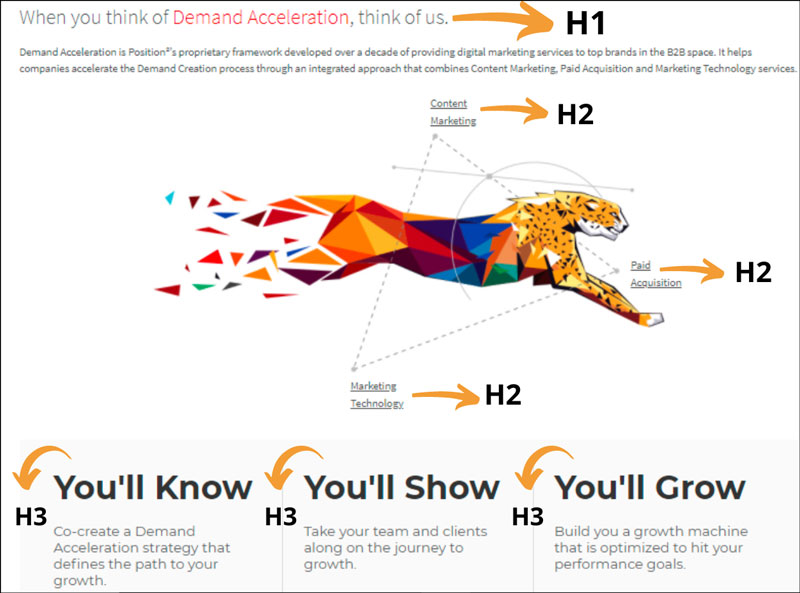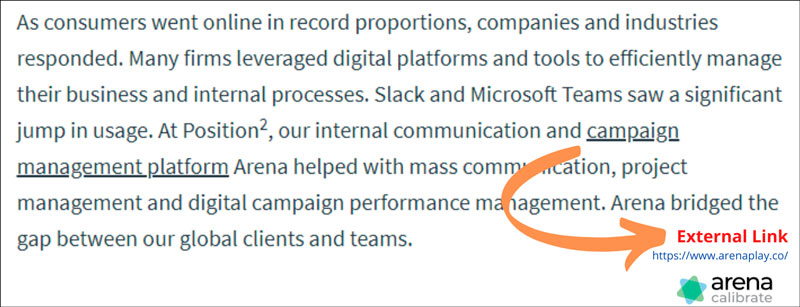“Content is king.” We’ve heard this many times. Why is content so important? Content is the most powerful catalyst for strengthening a brand’s digital presence and positioning. High-quality content helps build brand reputation and relationships with customers.
Creating great content adds value to your business in a number of ways. So, it is an extremely important aspect of marketing. But will your best piece of content reach your target audience? To make sure that the content reaches the largest possible target audience, we need to optimize it.
Content Optimization is the process of making your content as effective as possible. Optimization ensures that your content is crawlable by search engine bots and formatted for user consumption. It is about making sure that search engines understand what your business is all about and your content is shown to the users who are looking for it. Content is critical for SEO because, without it, search engines will not have enough information to index your pages and help you rank on SERPs.
Let’s see how to optimize content that will help drive traffic to your website and inevitably lead to conversions.
Google prioritizes context over content. Matching the user’s intent is one of the cornerstones of content creation. Therefore, writing content that a user is looking for is more important than writing on a specific topic to start with. Follow these four steps to help you build content that is SEO friendly.
The key is to create content that your target audience would want to consume. Write content that resonates with their wants, needs, and pain points. Providing tangible value to your audience that will help them benefit or solve something is an effective style of writing.
Optimizing content for keywords does not mean adding as many keywords as possible. Have a proper keyword strategy in place and work out variations of the seed keyword/primary keywords. Recognize that:
In this way, perfectly optimized content is built with a combination of primary, secondary and long-tail keywords that are thoughtfully spread across the page.
Add value to the content by organizing it in a systematic way. The look and feel of the webpage will contribute towards good user experience. Header tags indicate hierarchical levels of information and are typically chosen by Google for featured snippet ranking. A web page may have multiple headings. Add relevant heading tags to divide subtopics that give meaning and provide structure to your content. By adding header tags, you are informing users and search engines about the various segments of content and what each segment is about. The header tags are the first thing people usually read as they scan through the page before reading the content. When considering ranking for variations of keywords on a specific subject, they play an important role in ranking long-tail keywords.

Image Source – https://www.position2.com/demand-acceleration
See the above image from Position2 website for best usage of keywords in the heading tags.
Primary Keyword – Demand Acceleration is in Heading 1
Related/secondary keywords – Content Marketing, Paid Acquisition and Marketing
Technology are Heading 2 tags
Creative catchy terms are placed as Heading 3 tags.
A linking strategy is a plan that you devise and put into action to help you organize, optimize and track your links. Internal linking is the process of linking your relevant pages or blog posts using relevant descriptive contextual anchor text. Anchor text gives hints to users about the content to which it is linked to.
Search engines use anchor text to determine the context of the linked page and then index and rank it. Internal linking not only helps in connecting your webpages, it also gives Google an idea of the website structure. Internal links are very effective in defining the site architecture and spreading link equity.

Image Source – https://www.position2.com/blog/7-steps-for-building-a-website-that-enhances-seo/
An external link is a hyperlink that takes the reader to a reliable page on another website. Linking to credible content makes you appear to be an authority and will help Google determine what your content is about. The quantity and quality of the external links are important, so include links from trustworthy, informative and high-quality websites. External links are more valuable if they point to relevant websites that are popular, highly ranked and related to the content on your website.

Image Source – https://www.position2.com/blog/marketing-2021-three-trends-that-will-define-the-year/
The value of your content is determined by the quality of what you offer. You need to give your audience content that they can relate to. It takes time and effort to achieve organic search visibility, rankings, and traffic but that can be achieved by creating a strong content optimization strategy. Make your website pages more appealing to search engines and users by optimizing its content. The key to ranking higher is to create incredible optimized content that gets linked naturally and enables you to still say that “Content is king.”